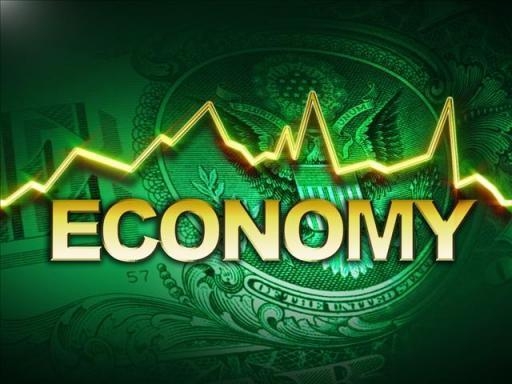Economy

Durable Goods Orders Surprise with Dip in May
Written by Sandy Williams
June 27, 2018
Durable goods orders fell unexpectedly in May, for a second consecutive month of decline. Orders for goods expected to last three years or more fell 0.6 percent following a revised 2 percent decline in April, according to the Commerce Department. The May dip should be looked at in relation to the upwardly revised April data, suggesting growth was still moderate for the month.
Core capital goods, orders minus defense and aircraft, dropped 0.2 percent in May, but April data was revised upwardly to an increase of 2.3 percent from 1 percent. Shipments of core capital goods, used to calculate equipment spending for GDP measurement, inched down 0.1 percent after a revised increase of 1.0 percent in May.
Order declines were broadly distributed over categories of goods. Transportation equipment fell 1.0 percent in May. Orders for autos and parts plummeted 4.2 percent for the largest decline since January 2015.
Said economists at Wells Fargo, “Durable goods orders slipped 0.6 percent in May. Core cap-ex orders disappointed, but a massive upward revision to April and growing backlogs point to business spending continuing at a decent pace.”
The May advance report on manufacturers’ shipments, inventories, and orders follows:
New Orders
New orders for manufactured durable goods in May decreased $1.4 billion or 0.6 percent to $248.8 billion, the U.S. Census Bureau announced. This decrease, down two consecutive months, followed a 1.0 percent April decrease. Excluding transportation, new orders decreased 0.3 percent. Excluding defense, new orders decreased 1.5 percent. Transportation equipment, also down two consecutive months, led the decrease by $0.9 billion or 1.0 percent to $86.1 billion.
Shipments
Shipments of manufactured durable goods in May, down following nine consecutive monthly increases, decreased $0.2 billion or 0.1 percent to $246.9 billion. This followed a virtually unchanged April increase. Transportation equipment, down two consecutive months, drove the decrease by $0.5 billion or 0.6 percent to $82.1 billion.
Unfilled Orders
Unfilled orders for manufactured durable goods in May, up six of the last seven months, increased $5.9 billion or 0.5 percent to $1,160.6 billion. This followed a 0.6 percent April increase. Transportation equipment, also up six of the last seven months, led the increase by $4.0 billion or 0.5 percent to $800.3 billion.
Inventories
Inventories of manufactured durable goods in May, up 18 of the last 19 months, increased $1.1 billion or 0.3 percent to $403.0 billion. This followed a 0.3 percent April increase. Transportation equipment, up five of the last six months, led the increase by $0.5 billion or 0.4 percent to $129.0 billion.
Capital Goods
Nondefense new orders for capital goods in May decreased $1.6 billion or 2.0 percent to $77.1 billion. Shipments increased $2.3 billion or 3.0 percent to $76.4 billion. Unfilled orders increased $0.7 billion or 0.1 percent to $714.5 billion. Inventories increased $0.4 billion or 0.2 percent to $176.6 billion. Defense new orders for capital goods in May increased $1.7 billion or 15.1 percent to $13.3 billion. Shipments decreased $0.5 billion or 4.4 percent to $11.5 billion. Unfilled orders increased $1.8 billion or 1.2 percent to $147.0 billion. Inventories increased $0.1 billion or 0.5 percent to $22.4 billion.
Revised April Data
Revised seasonally adjusted April figures for all manufacturing industries were: new orders, $496.0 billion (revised from $494.4 billion); shipments, $492.9 billion (revised from $492.8 billion); unfilled orders, $1,154.6 billion (revised from $1,153.1 billion); and total inventories, $666.9 billion (unchanged).

Sandy Williams
Read more from Sandy WilliamsLatest in Economy

Architecture billings continue to slide in March
Architecture firms said billings continued to decline in March, according to the latest Architecture Billings Index (ABI) released by the American Institute of Architects (AIA) and Deltek.

Beige Book shows concerns about trade policy
Manufacturing was mixed, but two-thirds of districts said activity was little changed or had declined.

New York state manufacturing index drops again in April
Firms were pessimistic, with the future general business conditions index falling to its second lowest reading in the more than 20-year history of the survey

Construction adds 13,000 jobs in March
The construction sector added 13,000 jobs, seasonally adjusted, in March, but tariffs could undermine the industry.

Supply chains, end-users brace for impact from tariffs
Supply chains are working through what the tariffs mean for them
